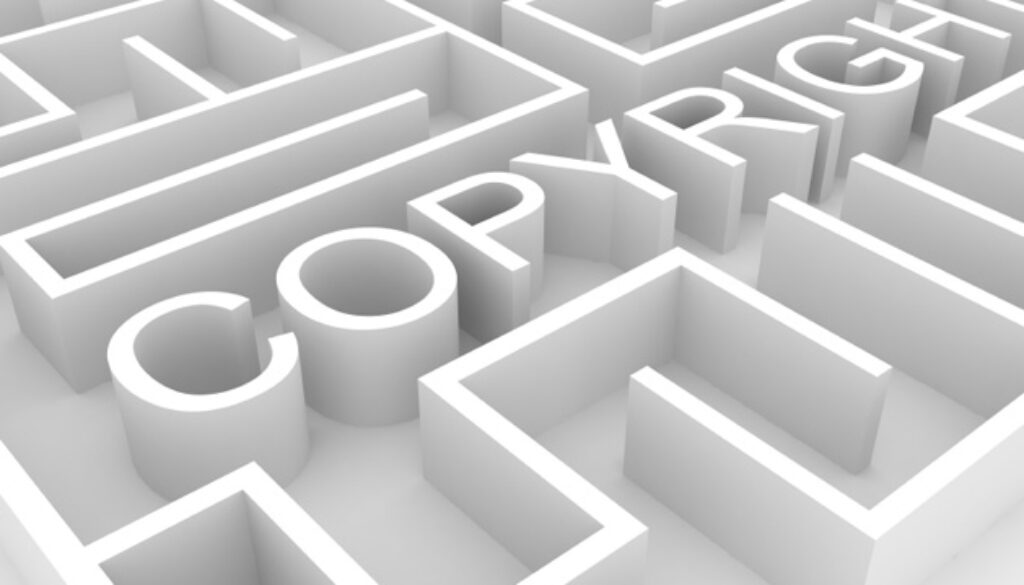How Do I Protect My Idea? Part III: Copyright
You have a brilliant idea. With all your might, you are making it grow. You nurture it with your time, your energy, your hopes, your sweat, your dollars and your dreams.
This idea? Its time has arrived.
When you have put so much creativity, time and energy into something, you want to know that it is as well-protected as possible. My job as your attorney is to help you with the “how.” Sometimes, you know what kind of protection will work best for your idea. Sometimes, you don’t, or you aren’t sure which of your options is the best. This four-part series is a brief introduction to the various types of intellectual property. Today’s topic: copyright.
Copyright protects creative works fixed in a tangible medium of expression. This includes everything from books to sculptures to video games. Copyright exists at common law at the moment of creation: that is, as soon as the work has been written, recorded, or otherwise memorialized. An unrecorded musical improvisation, for example, is not protected by copyright law. Copyrighted material can be federally registered for additional protections, such as statutory damages, and to help others who might want to obtain your permission to use your work to find you.
Copyright is unique among intellectual property types in that, under current law, it requires no maintenance. It is possible to enforce your rights in copyrighted material through a variety of mechanisms such as demand letters, DMCA take-down notices, and law suits (generally a last recourse).
There are many benefits to copyright protection. Copyrights are relatively cheap to register, as compared to other types of intellectual property. It is free to obtain copyright protection at common law because it exists inherently in any creative work fixed in a tangible medium of expression (i.e., as soon as you have written or otherwise made your idea into something others can access at a later date). Copyright protection also has an unusually long duration. The duration of the protection varies depending on who created the work, but it will always be a minimum of 50 years.
There are also many drawbacks to copyright protection. Copyright law does not protect ideas, only the expression of those ideas. For example, the idea of a novel about a young orphan discovering that he is a wizard and going to a special school for wizards is not protected by copyright law; but the Harry Potter books themselves most certainly are. Another drawback is that fair use (use for certain purposes specified by the Copyright Act) and independent creation (creating the exact same work without having access or reference to the original, which can be difficult to prove) are defenses to copyright infringement charges. Finally, to register copyrighted material, you must deposit a copy of the work with the Copyright Office, and that copy is then part of the public record. There are procedures for registration of works that cannot be revealed to the public, such as standardized tests or trade secret material, but these are special exceptions to the registration rule.
Further Reading
Copyright Office website: http://copyright.gov/

